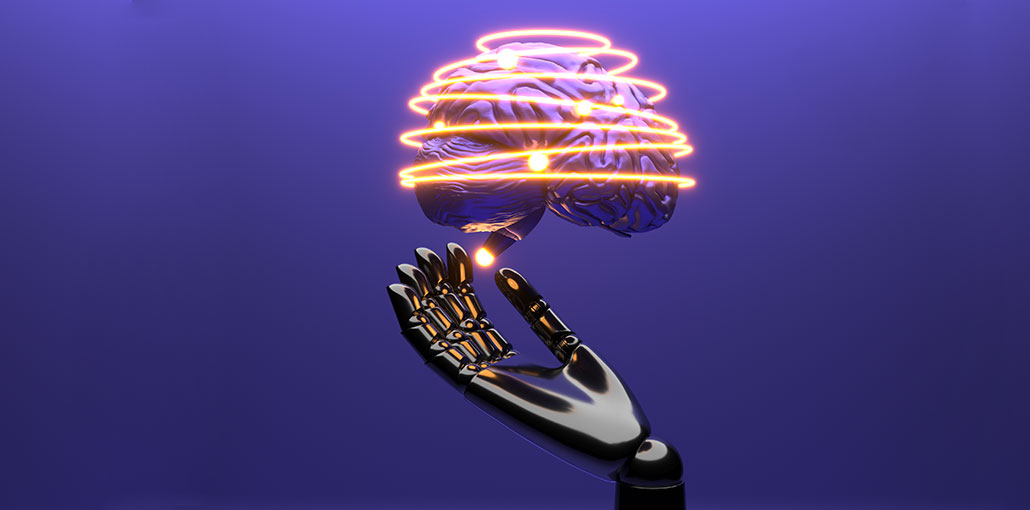The creation of the Enigma Machine opened the door to what we today know as Machine Learning (ML). Every sphere, from e-commerce to healthcare, uses machine learning services and tools to ease their work. The same goes for education.
Technology helps both professors and students, creating a better studying environment. But how? If you’re wondering, “How can machine learning be used in education?” check out the rest of this article. See what ML is, where it links with education and some examples of it.
What Is Machine Learning?
For a long time, students have been looking to get help with their essay writing skills from experts. An essay writing service like Edubirdie exists with the sole purpose of giving students perfectly finished homework while they focus on other issues. But with machine learning, it is made even easier. ML, as part of Artificial Intelligence (AI), is a discipline that teaches machines how to learn automatically and autonomously by extracting data from previously provided data batches and experiences.
Human intervention is minimal as the machine feeds on the flow of new and old data. To put it bluntly, machine learning is teaching machines how to make predictions based on built patterns, i.e., how to exist on their own.
Also read: What is Machine Learning Bias and Where Can We See It?
How Is Machine Learning Used in Education?
The idea of AI is to help people ease their lives. In school, ML is used in many ways. Below, we’ll go through the most significant use of machine learning in education.
Adaptive & Inclusive Learning
The first and main role of machine learning in education is to help all students fit in. With the use of it, teachers can see what each student’s strong and weak sides are, thus creating personalized plans and curriculums.
These will then also allow students from all backgrounds to learn in one group. Some may have speaking or hearing disabilities, while others simply don’t have the means to join in-person teachings. ML is able to break all these barriers and create an inclusive and accessible environment.
AI Chatbots
Take ChatGPT as an example. Putting aside the fact that this is not a college essay writing service, thus not meant to be used as such, AI chatbots and their algorithms are a great aid in education. Teachers may use them to create engaging quizzes or in-classroom activities, while faculties get additional administrative help.
Robot Teachers
It’s not futuristic anymore to think about robots teaching in classrooms. In some countries, like Japan and Singapore, robot teachers are already part of elementary curriculums. They are used to helping young kids develop social and creative skills. Japan, particularly, uses them to boost English skills among middle schoolers.
Also read: The Future Of Education And Technology
Machine Learning in Education: Examples
The mentioned use cases are just some of the many fields where ML helps in schooling. All of them have been incorporated into different services and apps to bridge the gap between machine learning and education.
From essay writing online to translations, there are plenty of real-life examples of the use of technology in school. Some of these machine learning applications in education used today include:
- Duolingo – The ultimate language learning app, Duolingo tailors courses to students’ individual needs, allowing them to revise mistakes or retry lessons where they lack improvement.
- Course Hero – This study powerhouse works on Amazon, offering students help with their homework, course materials from their school, and even help from expert tutors.
- Replika – College (or any level of school) often induces anxiety, depression, and other mental issues. Talking is one of the first steps to acknowledging and solving the problem, so ML chatbots like Replika are growing in numbers. This one, in particular, builds patterns and sounds like any human while providing support and “an ear” for students.
Concluding Words: How Can ML Help Students?
It’s safe to say that machine learning is changing education. There has been (and still is) extensive machine learning in education research and review of this relationship that has proven that AI and ML are the future, whether we like it or not. Machine learning in education is a pillar for the future. It allows quick and easy adaptation, working on inclusivity and reducing the effort surrounding redundant tasks for both teachers and students.










Leave a comment